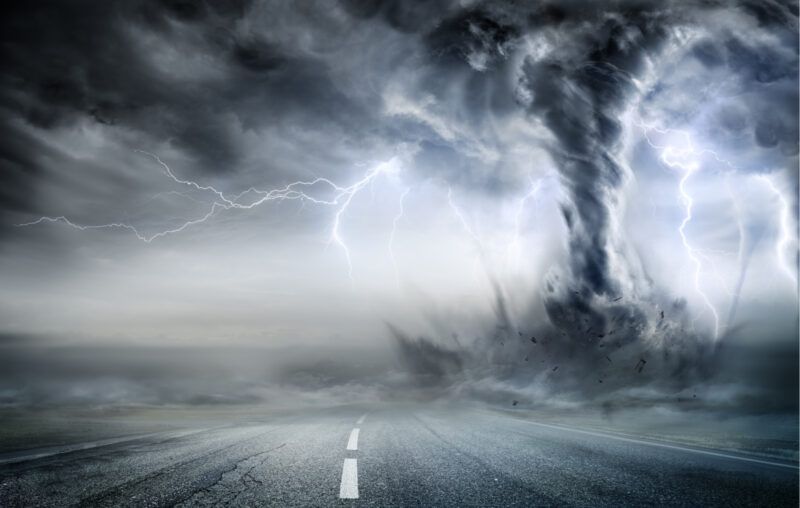Disease Panic Put Us on a Dangerous Course

When it all began, in late February and early March, the world panicked. Much of the terror arose from the possibility that we were facing an apocalyptic-level threat in the form of a virus that could kill a substantial portion of humanity and cut across age groups, threatening everyone on the planet and civilization itself.
Now we know that this is not an accurate depiction of the coronavirus. Despite misconceptions that persist due to, inter alia, the media’s irresponsible use of anecdotes, failure to provide context and air opposing views, and outright lies, as a medical and scientific question it is now settled that the virus is not particularly lethal, especially to the young and middle-aged.
It kills fewer children than the annual flu, and for people under 50 years of old, “almost none” will die from the virus. The coronavirus presents a significant risk only to those who are already quite elderly and sick. New estimates of the infection fatality rate – accounting for recent realizations that substantial deaths were attributed to the virus when, in fact, the person had multiple underlying ailments and it was not at all clear Covid-19 was the actual cause of death — place it at around 0.2%, only twice as great as the seasonal flu.
And, infection even in high risk groups is much less deadly as a result of medical advances. In fact, deaths have been reduced by about 50% among the seriously ill since March and April, for these reasons.
Between new understandings about the virus’s lethality or lack thereof, and improved treatments, it has become less tenable to argue that society will collapse absent extreme countermeasures. Thus, a different philosophy has emerged among the pro-lockdown and mask crowd. Rather than saving the world from an apocalyptic virus, this new reasoning is predicated upon the notion that a cost-benefit analysis should be conducted. Whatever harms are caused by continuing to live in partial or total shutdown, wearing masks, and altering our way of life, are less bad than coronavirus deaths, the lockdown advocates say.
As an aside, as I have written before, a properly conducted analysis, considering future harms as well as present ones, indicates that the damage wrought by our extreme approach significantly outweighs the benefits. That is particularly true given that negative consequences of countermeasures, such as business and school closures, and impacts upon mental health, will likely manifest over time. I do not believe that lockdown advocates have adequately considered and weighed the – often unquantifiable – costs.
But I submit that even by engaging in this assessment we have embarked upon a dangerous course. Subjecting the functioning of our basic institutions and the exercising of our liberties to a cost-benefit analysis means that, by the same logic, every flu season we should be crunching numbers and deciding whether living in a state of lockdown would cause less harm than flu deaths. Since 1.36 million people worldwide die per year in automobile accidents, we should probably consider banning vehicular travel. Annually, 656,000 Americans succumb to heart disease, and 606,000 to cancer. Many of these lives could be prolonged if we mandated daily exercise and forbade consumption of red meat and alcohol. In fact, we could force healthy people to give up a kidney: certainly any suffering caused to the donor would be outweighed by the life that she saved.
Most people immediately recognize that such ideas — a sort of perverse application of utilitarian philosophy — are ludicrous, inhumane, and contrary to the tenets of liberalism. And rightly so. That is because, implicitly, we understand that certain things are not up for debate, as they are essential to our well-being, both present and future, and to the functioning of society. That includes being able to educate one’s children, earn a living, socialize with friends and family, and breathe fresh air.
We must reject this approach to the coronavirus, or any contagious disease short of MEV-1 (from the fictional film Contagion). An apocalyptic-level pandemic is very different from one with an infection fatality rate approximately twice that of seasonal influenza, and highly concentrated among the elderly infirm.
Our civilization is threatened not by this virus, but by deeply flawed reasoning in how it ought to be managed. Unless we make clear to our politicians and our fellow citizens that they are wrong, and that our ability to engage in activities and pursuits that are critical to our well-being is not negotiable, we run the risk of leading this diminished existence for the remainder of our lives.










